The annealing treatment of FLR2X-B automotive wire is more than a simple heating and cooling process. The tiny impurities, oxides and residual stress inside the copper conductor are effectively removed. These impurities and oxides are often obstacles to the flow of current, and their reduction directly reduces the resistivity of the conductor. At the same time, annealing promotes the rearrangement and growth of copper grains, forming a more orderly and dense grain structure. This structure provides fewer obstacles to the flow of electrons, allowing electric current to pass through the conductor more smoothly, thereby significantly improving the electrical conductivity of the wire.
In automotive electronic systems, efficient transmission of energy is crucial. The low resistivity of annealed stranded copper means that heat loss due to resistance during current transfer is minimized. This not only improves the efficiency of the system, but also reduces potential risks caused by overheating, such as insulation aging, short circuits, etc. Therefore, FLR2X-B automotive wire uses annealed stranded copper as the conductor, which is one of the key factors to ensure stable and efficient operation of automotive electronic systems.
Improve flexibility
During the wire manufacturing process, the twisting operation places significant mechanical stress on the copper wire, causing stress concentration areas within the material. These areas may become the starting point of breakage during the use of the wire, affecting the service life and reliability of the wire. The annealing treatment releases and redistributes the stress inside the copper wire through uniform heating and slow cooling, thereby eliminating stress concentration. This gives the wire better fatigue resistance under dynamic conditions such as bending and vibration.
Annealing can also promote the refinement and uniformization of grains inside the copper wire. Smaller grains mean more grain boundaries, which can absorb more energy when the material deforms, thereby improving the material's toughness and ductility. At the same time, the uniform grain distribution helps reduce local stress concentration when the material is stressed, further improving the flexibility and processability of the wire. This makes the FLR2X-B automotive wire easier to handle during installation and maintenance, reducing the risk of damage from excessive bending or twisting.
Cars will face various complex environmental conditions during use, such as high temperature, low temperature, humidity, vibration, etc. The high flexibility and fatigue resistance of annealed stranded copper allow FLR2X-B automotive wire to better adapt to these environmental conditions and maintain stable electrical and mechanical properties. This is of great significance to ensure the long-term stable operation of automotive electronic systems.
Annealed stranded copper is used as a conductor in FLR2X-B automotive wires to improve conductivity through deep purification and grain optimization, while improving flexibility by eliminating stress concentration, refining and homogenizing grains. These performance improvements make FLR2X-B automotive wires an indispensable and important component in automotive electronic systems.

 ENGLISH
ENGLISH 简体中文
简体中文 GERMAN
GERMAN SPAIN
SPAIN
 +86 181-5747-1135
+86 181-5747-1135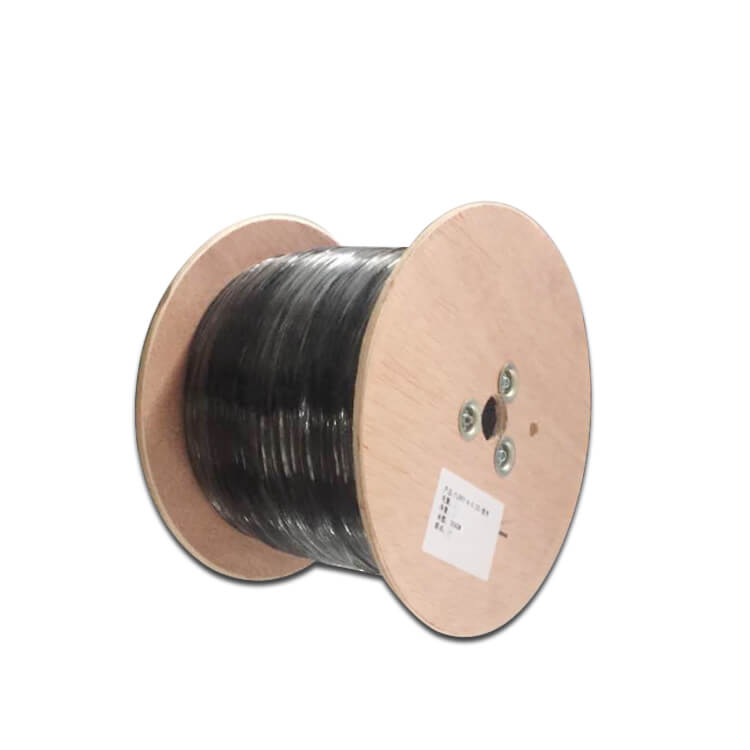
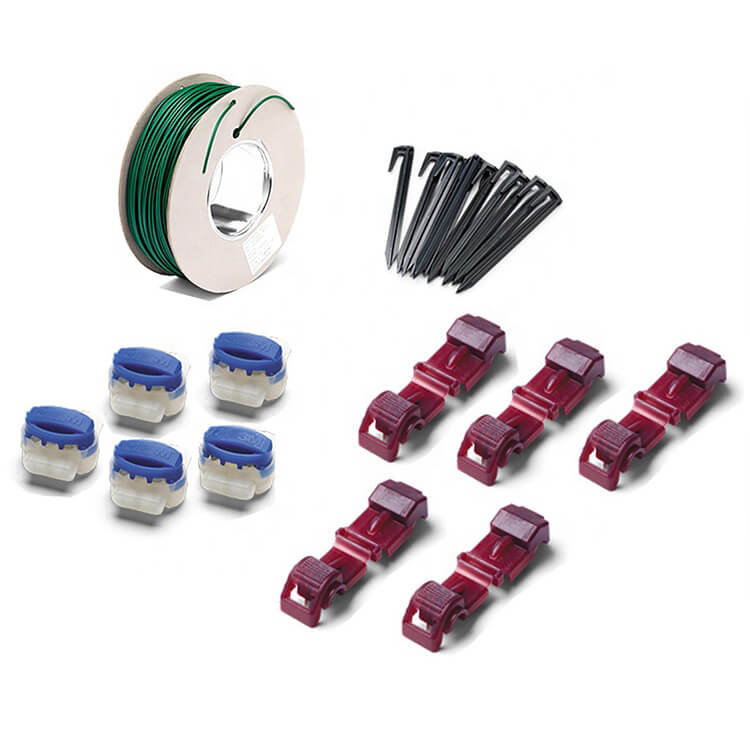
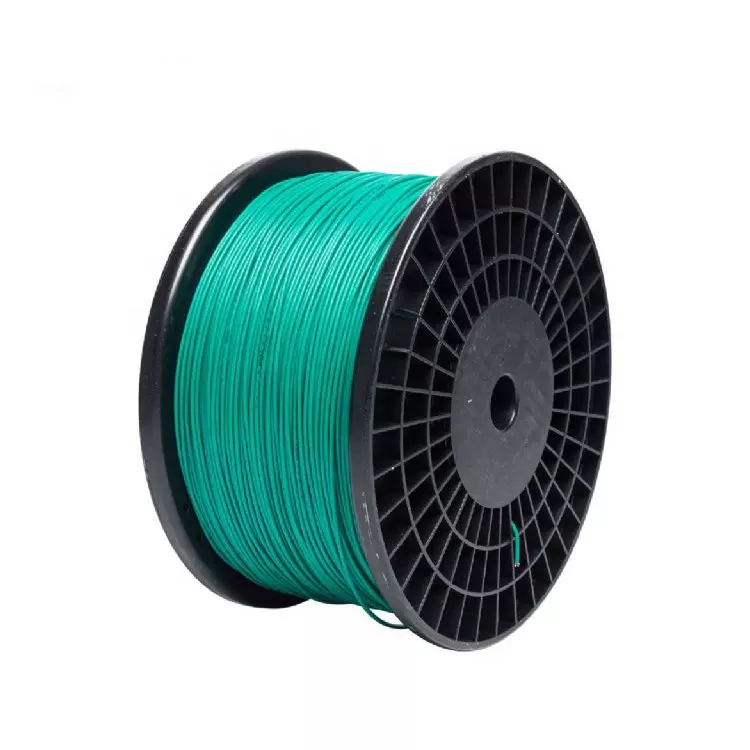
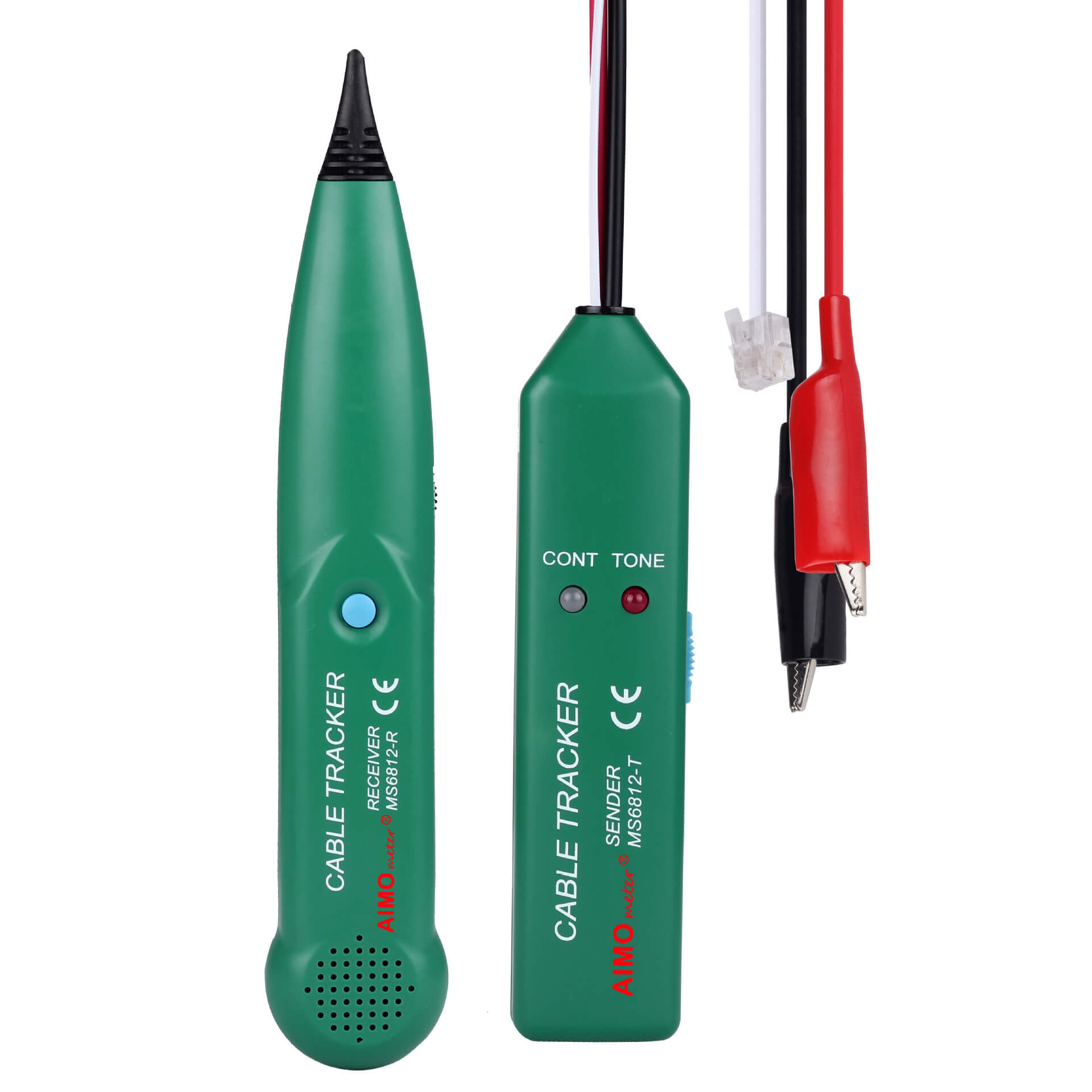


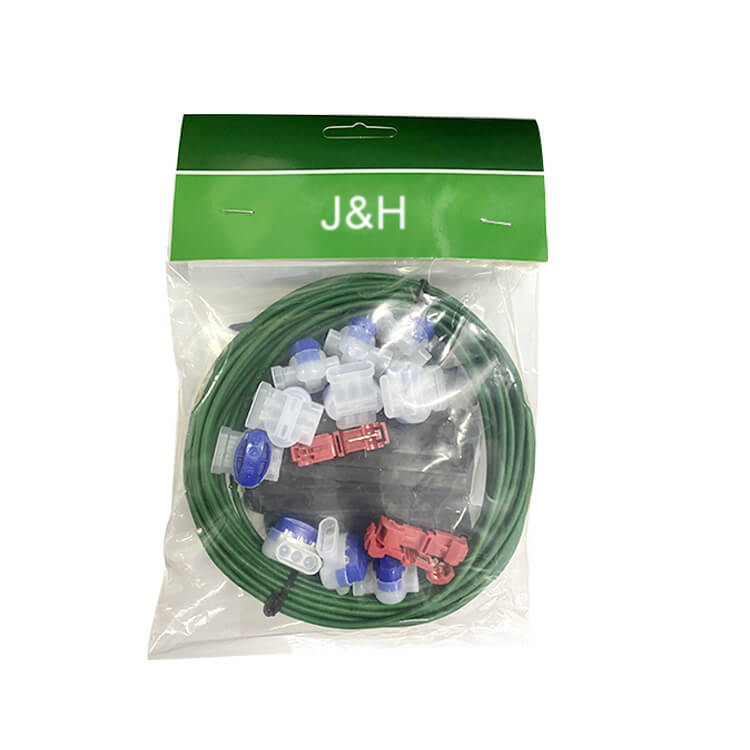
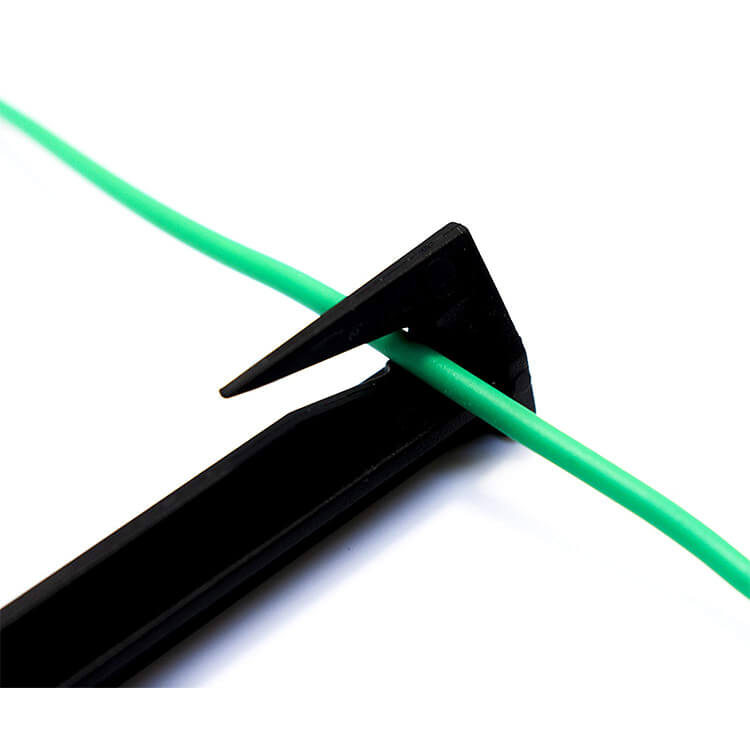
 Abroad:+86 181 5747 1135
Abroad:+86 181 5747 1135 FAX: +86 574 8900 7636
FAX: +86 574 8900 7636 E-mail:
E-mail: 

 read the map
read the map

